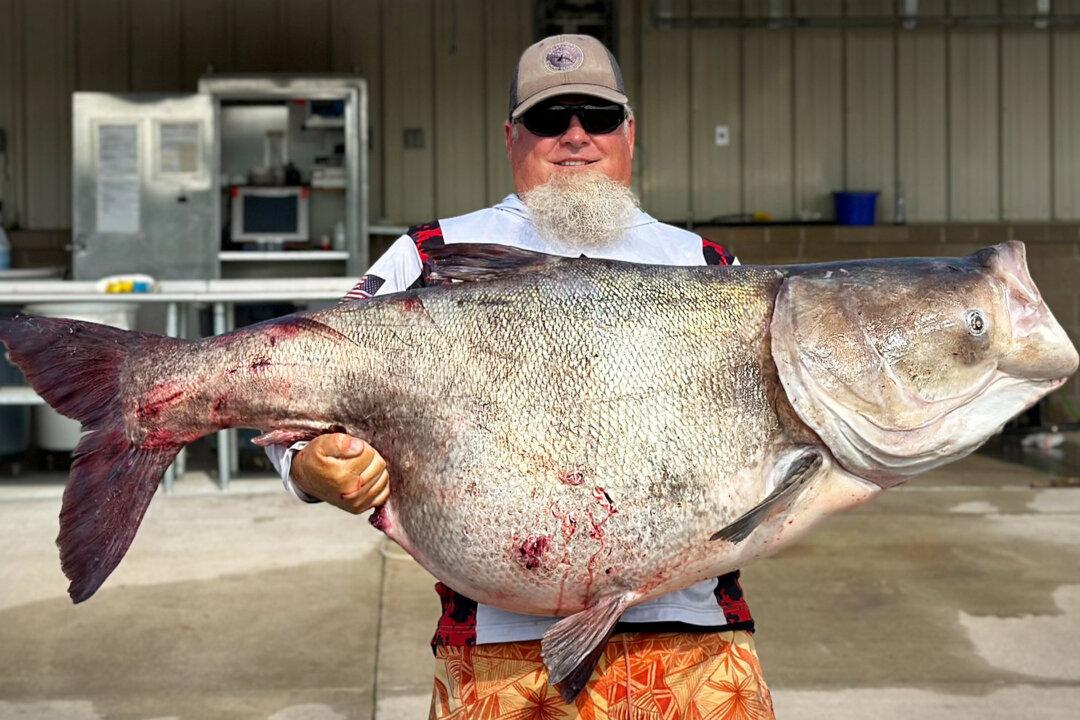A call to anglers for help controlling a nuisance bighead carp population led to one experienced fishing guide’s reeling in a state record fish, with a hefty specimen weighing in at 118 pounds, 3 ounces.
Answering the invitation made by Oklahoma state authorities was Bryan Baker, a fishing guide for Spoonbill Wreckers. His huge fish was caught from Grand Lake o' the Cherokees in northeastern Oklahoma, in the foothills of the Ozark Mountains, in May.





